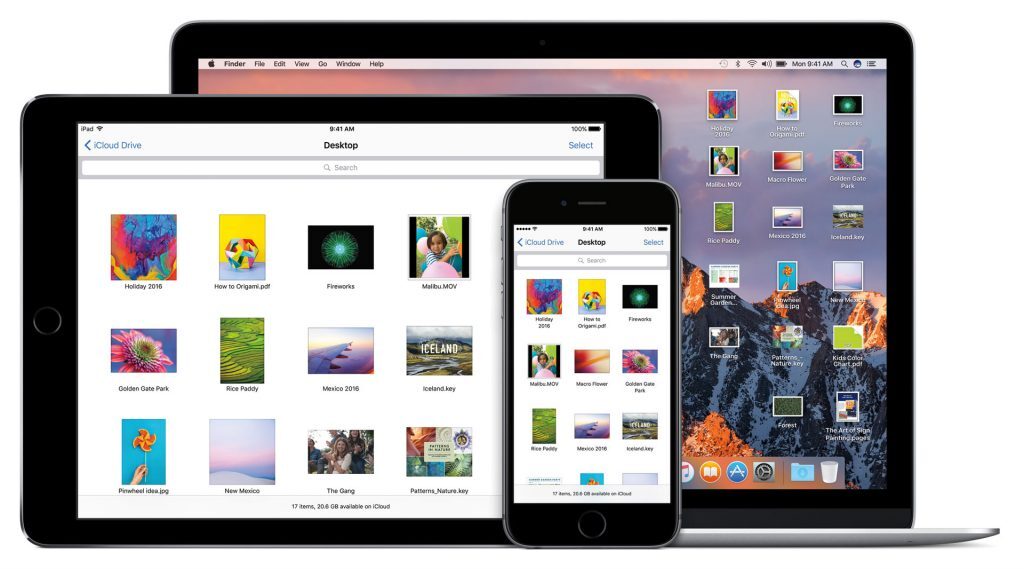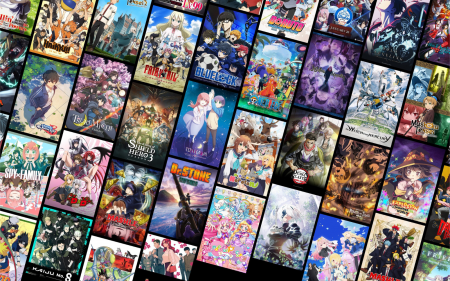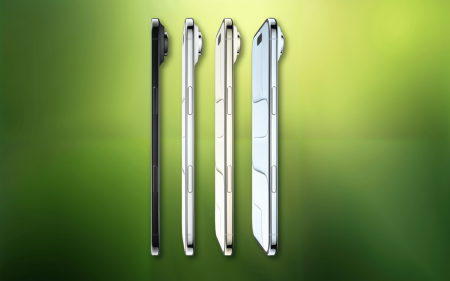A bunch of Apple iCloud services were down
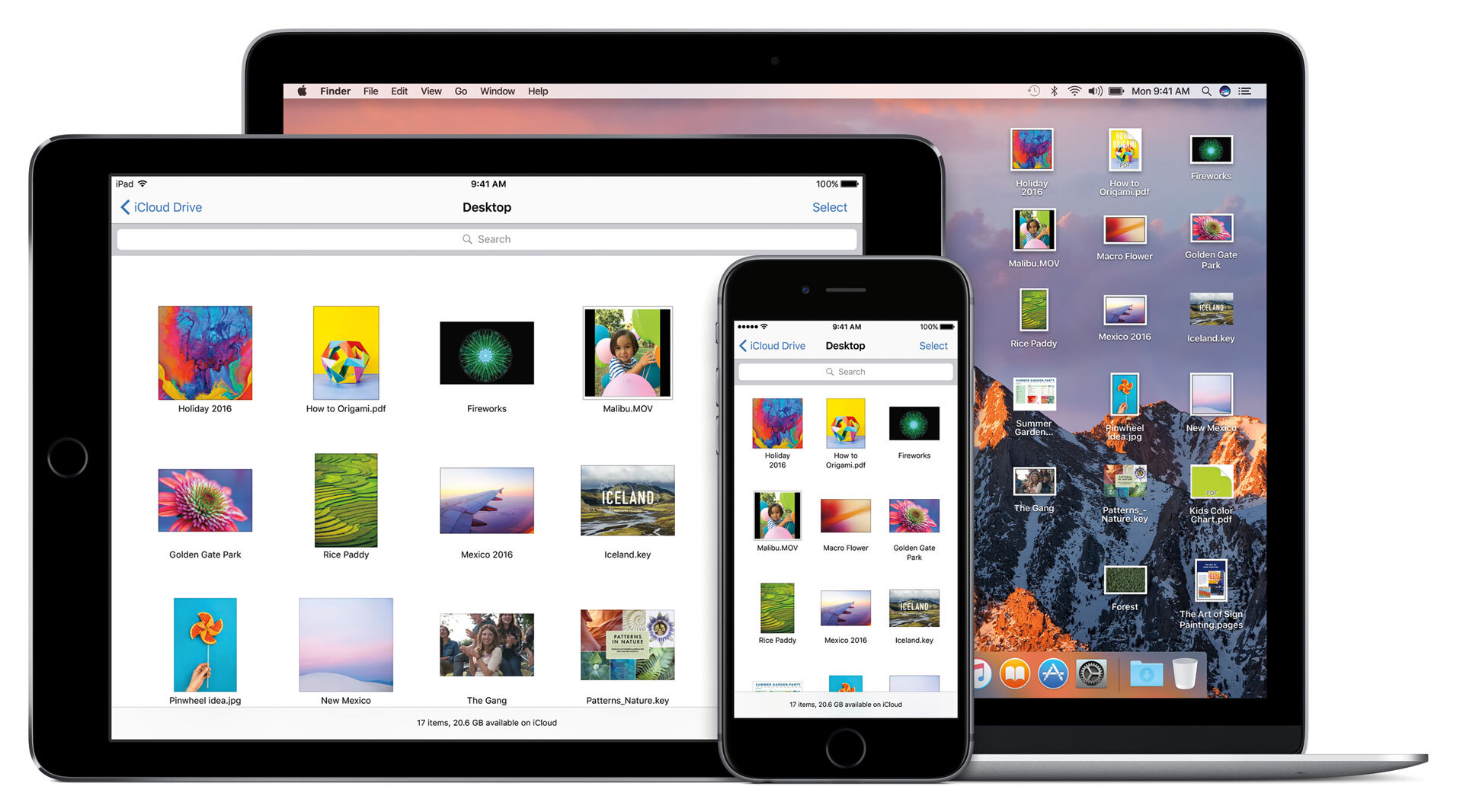 This weekend, a bunch of Apple’s iCloud services were down. That means that many users on the Apple ecosystem weren’t able to access a range of the services, including Calendar, iCloud Drive, Backup and Sign In, Photos and a bunch of other necessary services.
This weekend, a bunch of Apple’s iCloud services were down. That means that many users on the Apple ecosystem weren’t able to access a range of the services, including Calendar, iCloud Drive, Backup and Sign In, Photos and a bunch of other necessary services.
Apple confirmed that the services went down this weekend by publishing an update on its System status webpage. According to the smartphone maker, services went down at 9am ET (16:00 CAT on Sunday). We don’t have direct confirmation that it affected users in South Africa as of yet. The biggest (and most problematic) service that went down is Find My, which is the service used to track your lost i-devices. On this point, Apple said in the statement: “Users may be unable to find the location of people or devices, list registered devices, play a sound on their device, remotely wipe a device, or put the device in lost mode.” Thing is, the problem hasn’t been solved yet, with Apple still working to get services completely restored. You can check on the status of Apple services on the Apple System Status webpage right here. Apple will update the status page once the outages have been resolved.
If you’re experiencing issues with any Apple iCloud services, go to the above-linked status page and log it. Hopefully, Apple manages to restore all services so everyone can get back to work. At the time of writing, Apple’s status page reports that all services are back up and running, but keep an eye out.
Source: 9to5Mac
All of Google’s products are now made of recycled stuff
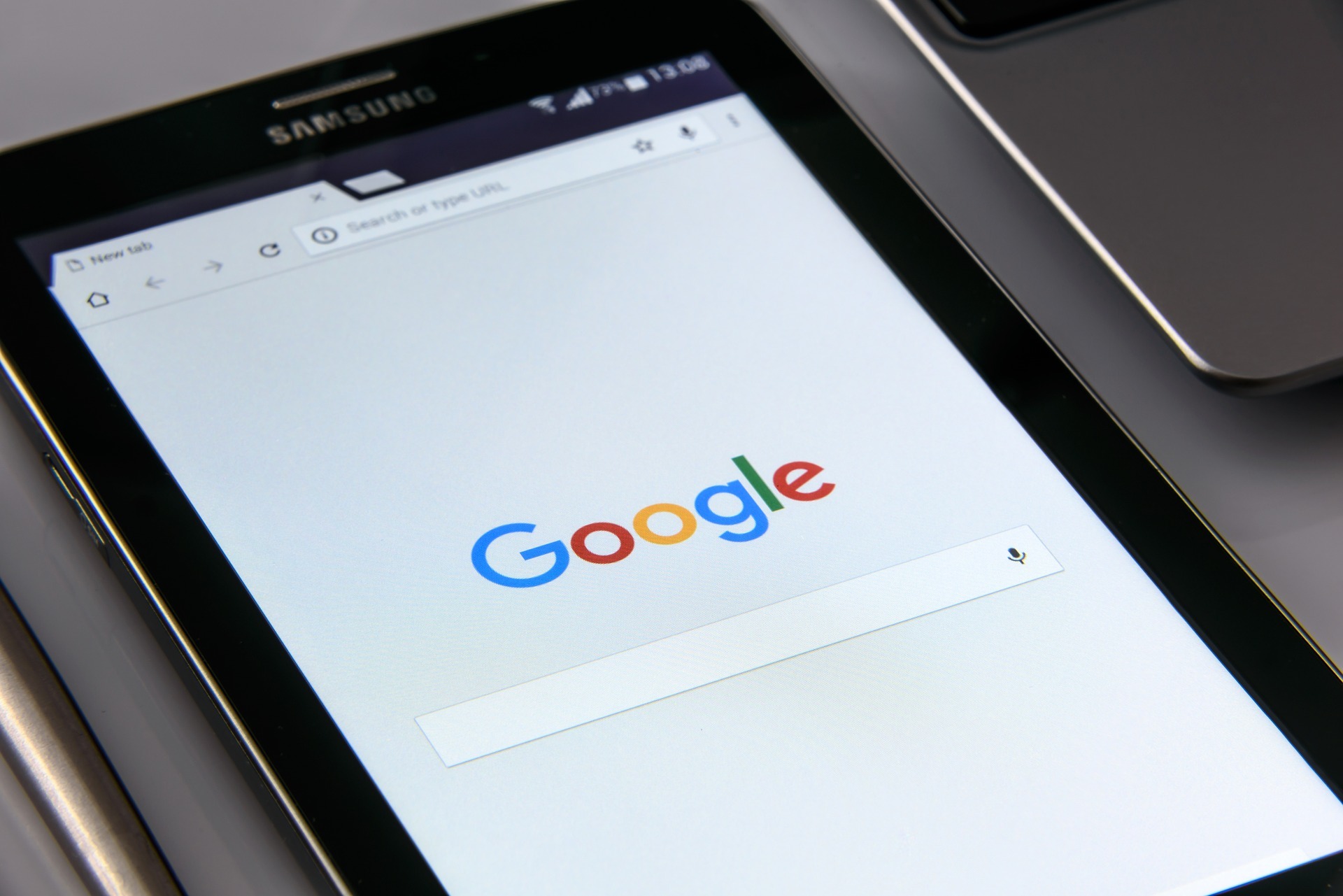 About a year ago, Google vowed to convert all of its product lineups into recycled materials. That means that all electronic components are made of reused and recycled stuff to minimise the effects of electronic waste. Look at Google trying to fight the good fight.
About a year ago, Google vowed to convert all of its product lineups into recycled materials. That means that all electronic components are made of reused and recycled stuff to minimise the effects of electronic waste. Look at Google trying to fight the good fight.
Things that it has planned to convert includes Pixel phones, Pixelbooks, Google Home speakers, Nest devices and all of the accessories made by the company. It looks like it’s made great progress on the 2022 deadline, and have already managed to make most of its ‘Made by Google’ products completely green. Not that green. All of the new Pixel and Nest products are now made from all recycled materials. This is according to an interview by The Verge, who spoke to Google’s sustainability systems architect David Bourne. According to the article by The Verge, this doesn’t mean that everything in the electronics is completely recycled. They do, however, include some recycles materials and components, which is a step, we guess? “According to Google, the back cover of the Pixel 5 is made with 100 percent recycled aluminum, and the new Nest Audio has 70 percent recycled plastic, with the sustainable fabric cover it introduced with the Nest Mini last year,” The Verge reports.
We admire Google’s push to make tech more sustainable, considering it’s one of the biggest allocations for waste the world-over. If every person upgrades their smartphone every two years, where does all of it go? It’s definitely a step in the right direction.
Source: The Verge
Sony is ready to acquire anime streaming service Crunchyroll
 What started out as an anime pirating website, has grown into a multi-million dollar anime production house and streaming service. It looks like Sony has seen the value in Crunchyroll, and is aiming to acquire the streaming service soon.
What started out as an anime pirating website, has grown into a multi-million dollar anime production house and streaming service. It looks like Sony has seen the value in Crunchyroll, and is aiming to acquire the streaming service soon.
According to a report by Nikkei, Sony is very close to finalising the deal to buy the streaming service for about “more than 100 billion yen,” — that’s almost a billion US dollars. “AT&T is Crunchyroll’s current parent company, having bought it in 2018. Though Crunchyroll isn’t quite the size of Hulu or Netflix, at about 70 million free subscribers (3 million paying) its specialised content could help Sony build strong foundations with a loyal audience,” TNW reports. Recently the company released an anime full-length film for the Demon Slayer franchise in cinemas in Japan and according to reports, they saw massive success with it, coming in as the highest-grossing movie in Japan. At one point, Crunchyroll was the only place where fans could pick up and watch just about any anime series or movie, but recently Netflix also started dabbling in anime, which shows its worth in the market.
Last week Sony announced that its next-gen consoles will have the ability to load the Crunchyroll app and stream anime directly. “Acquiring Crunchyroll would significantly expand its market in the TV arena. Besides, it makes some sense for a Japanese company to own a service dedicated so heavily to anime,” TNW explains.
Source: TNW
Huawei may have found another chip manufacturer for its smartphones
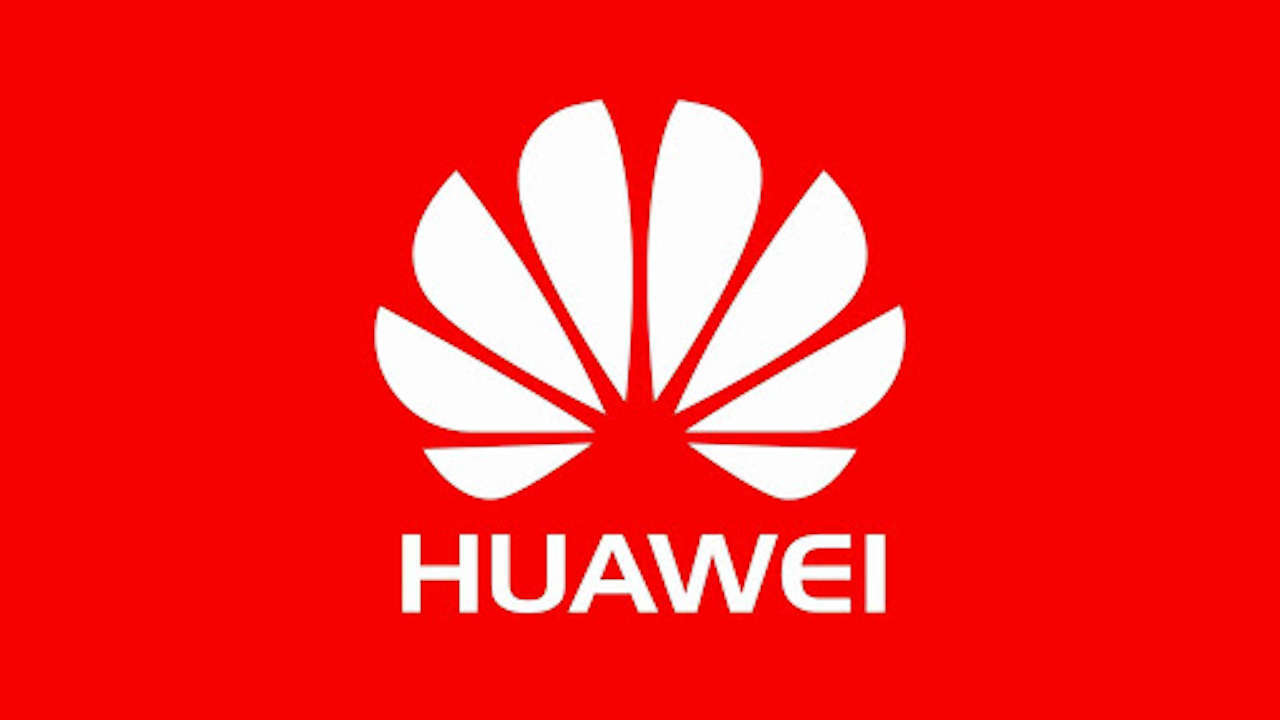 US trade restrictions have been coming down hard on the Chinese telecoms company Huawei as of late, with each new announcement crippling the company’s supply chain even more. Most recently, the Trump administration announced that any global chip manufacturer using US tech may not trade with Huawei. Which meant that Huawei quickly had to make other plans.
US trade restrictions have been coming down hard on the Chinese telecoms company Huawei as of late, with each new announcement crippling the company’s supply chain even more. Most recently, the Trump administration announced that any global chip manufacturer using US tech may not trade with Huawei. Which meant that Huawei quickly had to make other plans.
Now it looks like Huawei may have found a way around current restrictions. According to the Financial Times, Huawei plans to contract a dedicated chip factory in Shanghai that would make the parts for its core telecom infrastructure business. “It would be run by a partner, the city-backed Shanghai IC R&D Center, and would be considered experimental until it’s ready to make chips Huawei can use,” Engadget reports. This could be a good move for Huawei, which has been forced to bring all manufacturing into their home country. This move will also improve its capability to manufacture its high-powered Kirin chips, Thing is, the new partnered company will start by making older 45-nanometer processors before moving to 28nm chips by late 2021. Apparently it will only reach 20nm by late 2022 — so that’s when it’ll make “most” of its 5G cellular hardware through this company.
If this deal serves true, Huawei should be able to continue business as usual in upcoming years. The only worry here is that its chips may not meet the capability of rivals’ hardware and architecture. Let’s see what happens.
Source: Engadget

